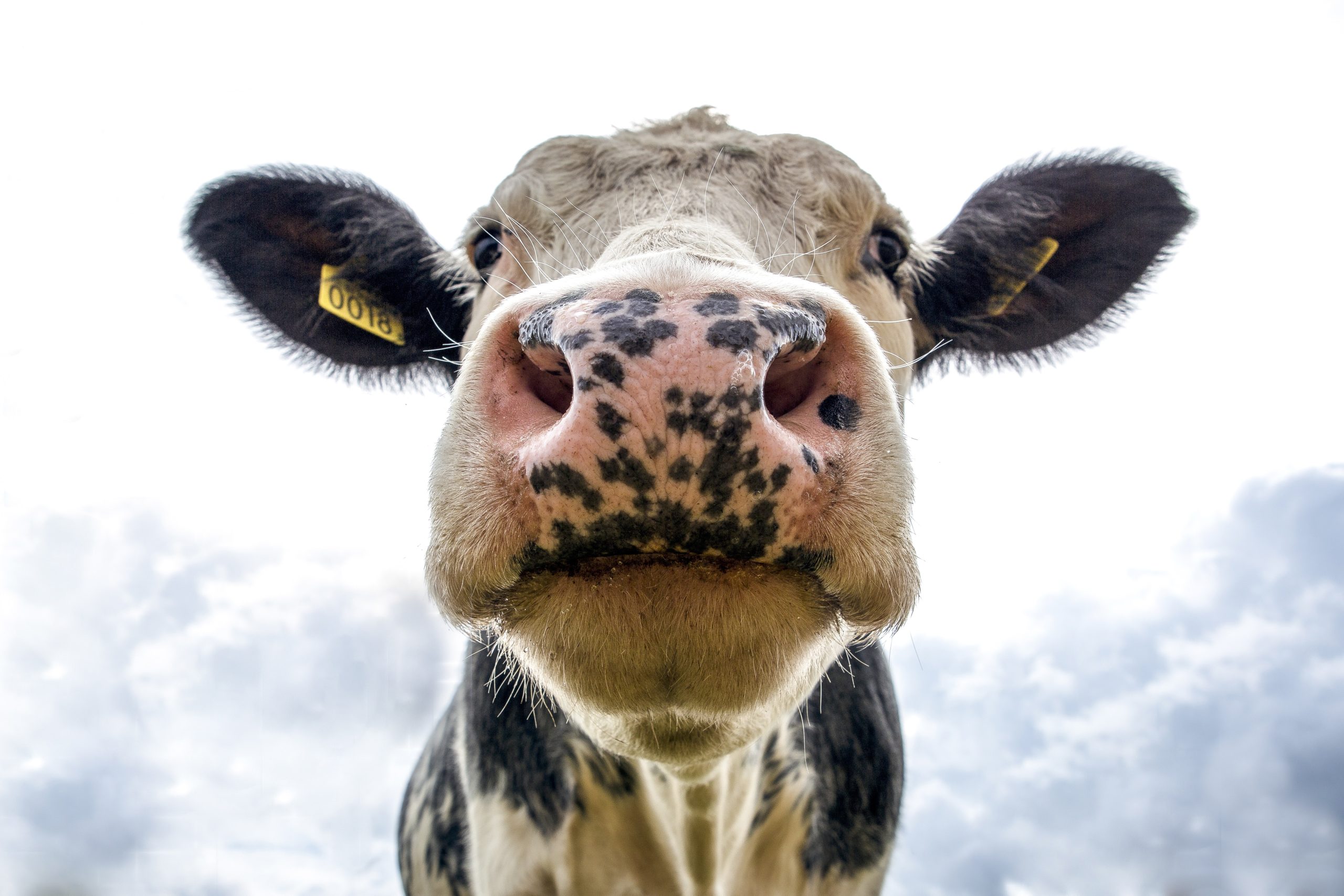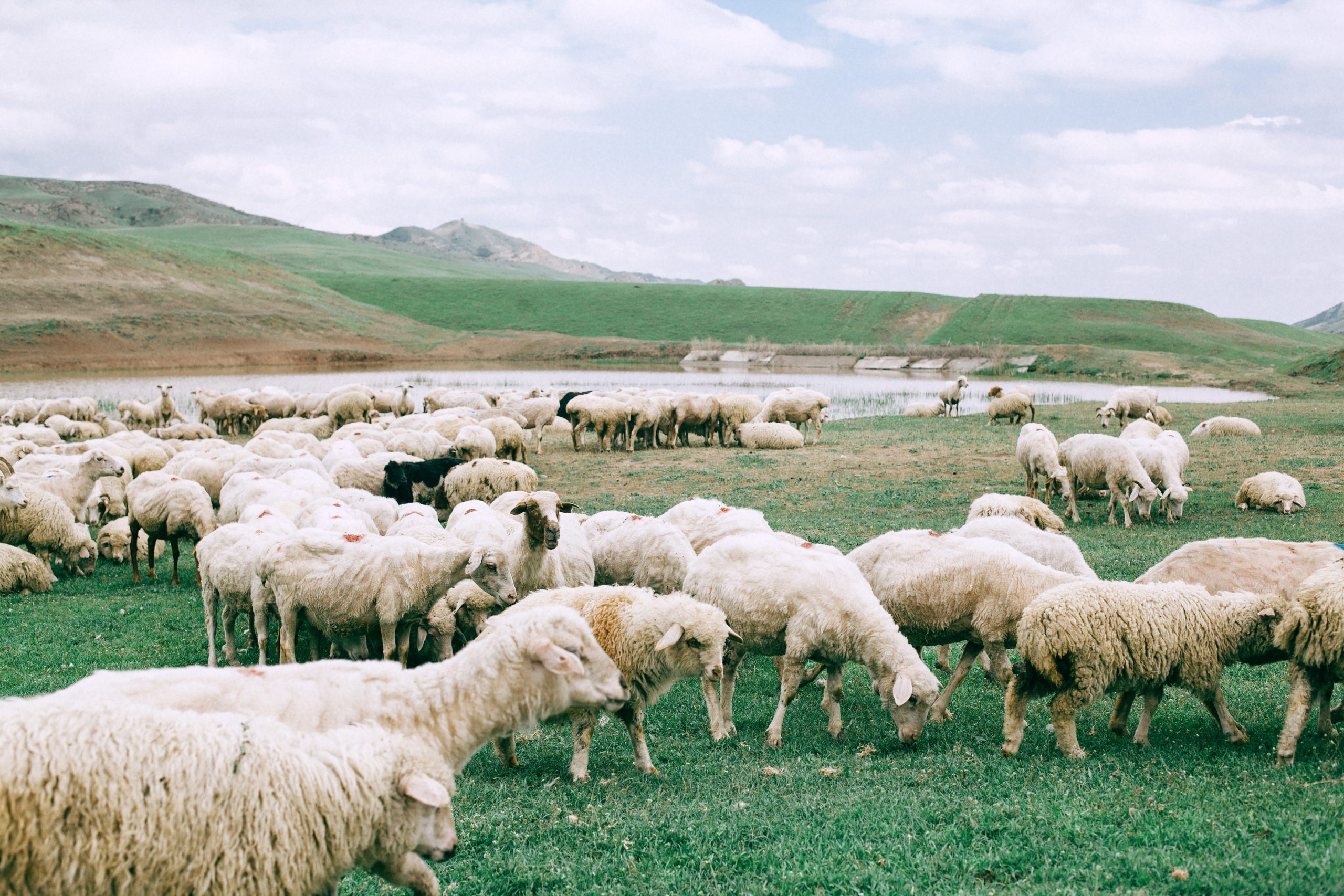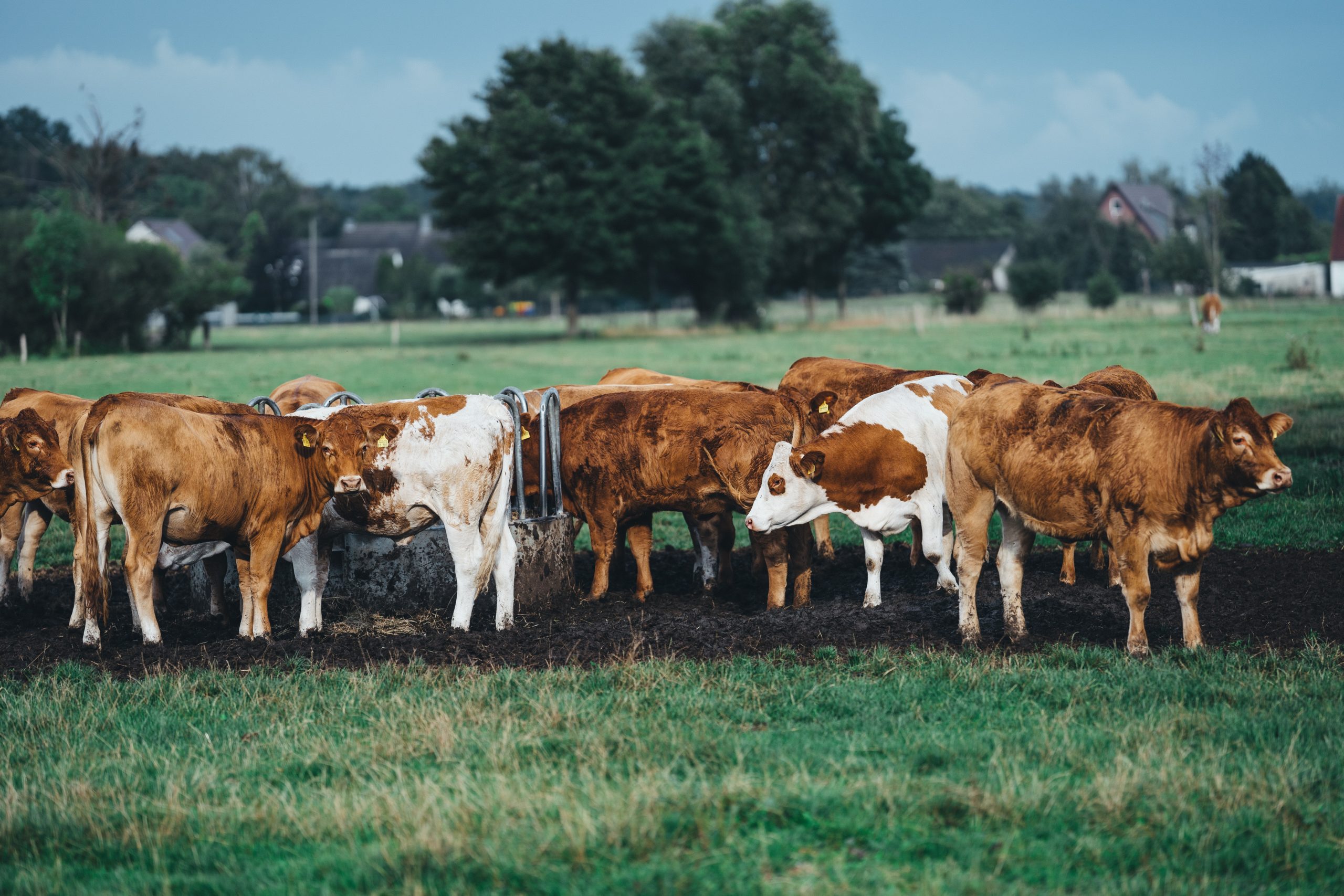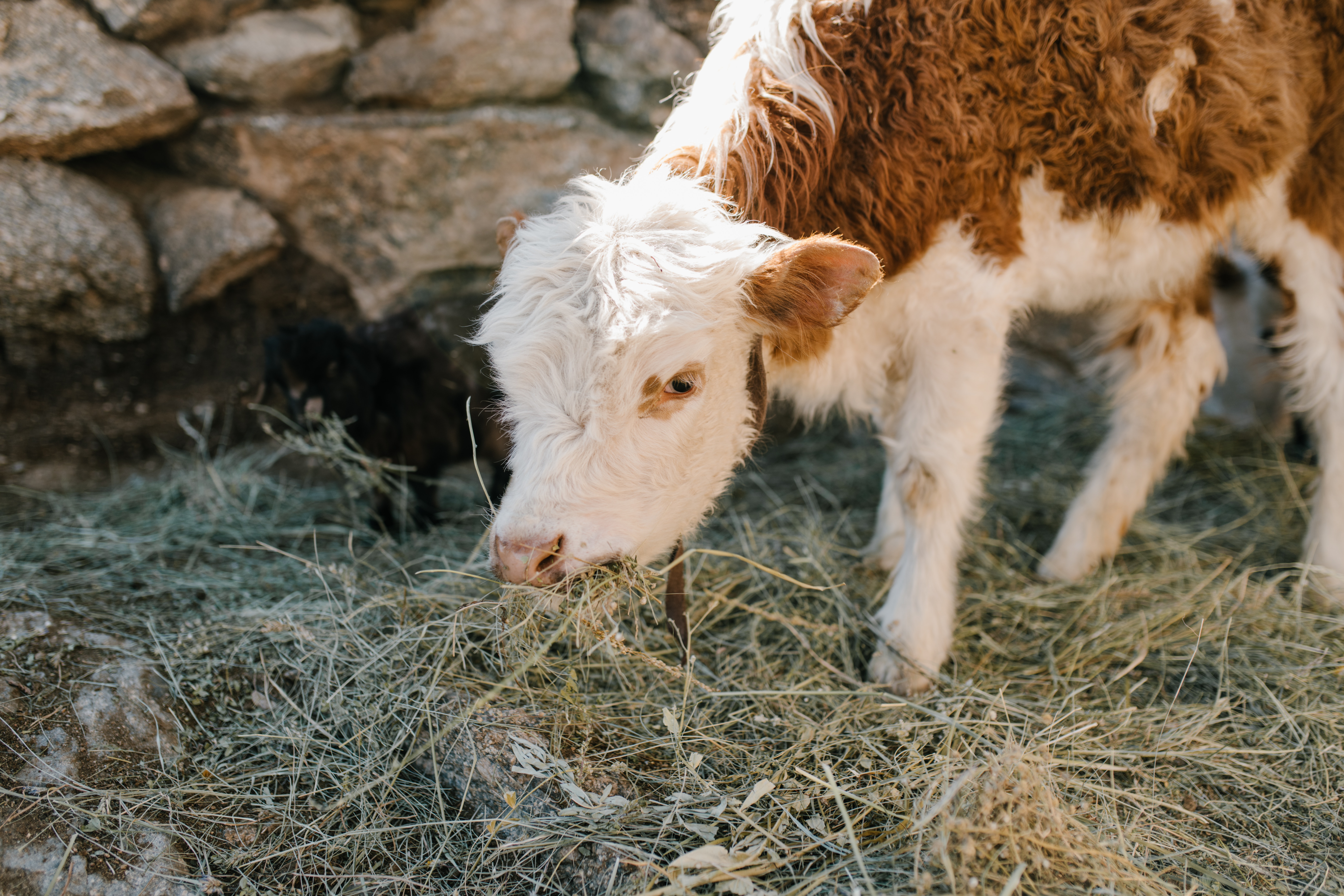Liver fluke is an internal parasite that can infect and damage the liver and reduce overall productivity of cattle, sheep, horses, pigs, goats, alpacas and deer; humans can also become infected. With up to six million cattle grazing pastures in fluke endemic areas of south-eastern Australia, it is estimated the parasite causes around $100 million in lost production each year, and around $10 million in treatments.
Liver fluke commonly occurs around shallow, slow moving water courses, marshy areas, irrigation channels and soaks where the parasite’s intermediate host snail breeds. These areas are typically found where annual mean rainfall is about 600 millimetres or where irrigation supplements annual rainfall of around 400mm. Importantly, Western Australia proactively manages its fluke-free status.
A complex life-cycle
The liver fluke’s lifecycle is dependent on a specific lymnaeid host snail that breeds in waterways.
During the warmer months, when mean temperatures rise above 10 degrees Celsius, liver fluke eggs hatch when separated from faecal material in wet areas. The released larvae invade the snail, where they multiply and develop into tadpole-like forms. Once detached from the host they swim towards vegetation areas and take the form of an infective cyst. Depending on conditions, this process can take between two and three months.
Animals are at most risk of ingesting the infective cyst when grazing around waterways.
A silent path of destruction
Liver fluke is considered a silent assassin as it can erode herd health without affected animals displaying any physical signs. Most damage is caused during the earliest stages of the parasite’s development through the animal’s liver.
It is important to test stock for liver fluke infection and, in the event of a positive result, a zero tolerance approach to control is recommended because even light burdens cause significant damage, particularly in younger stock which are more vulnerable to the parasite. It is also important to test purchased stock to mitigate the risk of contaminating fluke-free areas.




